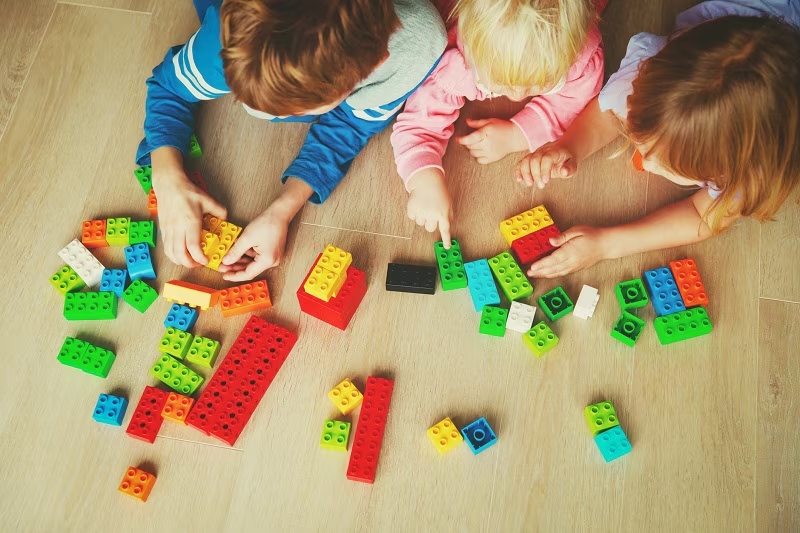For decades, Lego has been a household name and a beloved toy for children all over the world. From its humble beginnings in a small workshop in Denmark, Lego has grown into a global phenomenon and a staple part of many childhoods. But what makes these small, colorful bricks so special? It turns out that beyond being a source of entertainment, Legos have a significant impact on children’s cognitive and emotional development.
Lego was founded in 1932 by Ole Kirk Christiansen, a carpenter from Denmark. The name “Lego” is derived from the Danish phrase “leg godt,” which means “play well.” Initially, the company produced wooden toys, including pull-along ducks and wooden bricks. However, in 1947, Lego introduced the now-iconic interlocking plastic bricks that we know today.
In the following years, Lego continued to innovate and expand its product line, introducing new themes and designs. In the 1960s, Lego created the first Lego Duplo bricks for younger children, followed by the famous mini-figures in the 1970s. The 1980s and 1990s saw the introduction of popular themes such as Lego City, Lego Technic, and Lego Star Wars.
Today, Lego has become the largest toy company in the world, with a net worth of over $6 billion and more than 600 Legoland parks and stores globally. The brand’s success can be attributed to its ability to evolve and adapt to changing times while maintaining its core values of creativity, imagination, and learning through play.
From a young age, children and parents alike have been drawn to Lego for decades. And it’s not just because of the bright colors and endless possibilities. Legos are known to stimulate various cognitive skills, making them an excellent tool for childhood development.
One of the most distinct skills that Legos stimulate is fine motor skills. As children manipulate and connect the small bricks, they develop hand-eye coordination, dexterity, and precision. This skill is crucial for everyday tasks such as writing, tying shoelaces, and using cutlery as children grow and mature.
Additionally, Legos promote spatial awareness and problem-solving skills. As children build structures using Legos, they must think critically and plan ahead. They learn to understand and manipulate space, shapes, and sizes, which are essential skills for subjects like math and science.
But playing with Legos also encourages creativity and imagination. Unlike many modern toys that are pre-made and therefore lack room for imagination, Legos allow children to build anything they can imagine. This fosters creativity and helps children think outside the box, an important skill for future success in various fields.
Legos are not only beneficial for physical and cognitive development, but they also have positive effects on children’s psychological well-being. One of the main psychological benefits of playing with Legos is a sense of accomplishment and pride. As children successfully build a structure or complete a set, they experience a surge of confidence and satisfaction, boosting their self-esteem. Plus, playing with Legos can have a calming effect on children. The repetitive and focused nature of building with Legos can help reduce stress and anxiety in children. It can also serve as a form of mindfulness, allowing children to be fully present in the moment and prioritize their mental health.
Since their creation, Legos have served as more than just a toy; they have been—and continue to be—a tool for childhood development. From cognitive skills to imagination, Legos stimulate various skills that are crucial for a child’s growth and success. As Lego continues to evolve and inspire new generations, it will remain a timeless and cherished toy for years to come.


